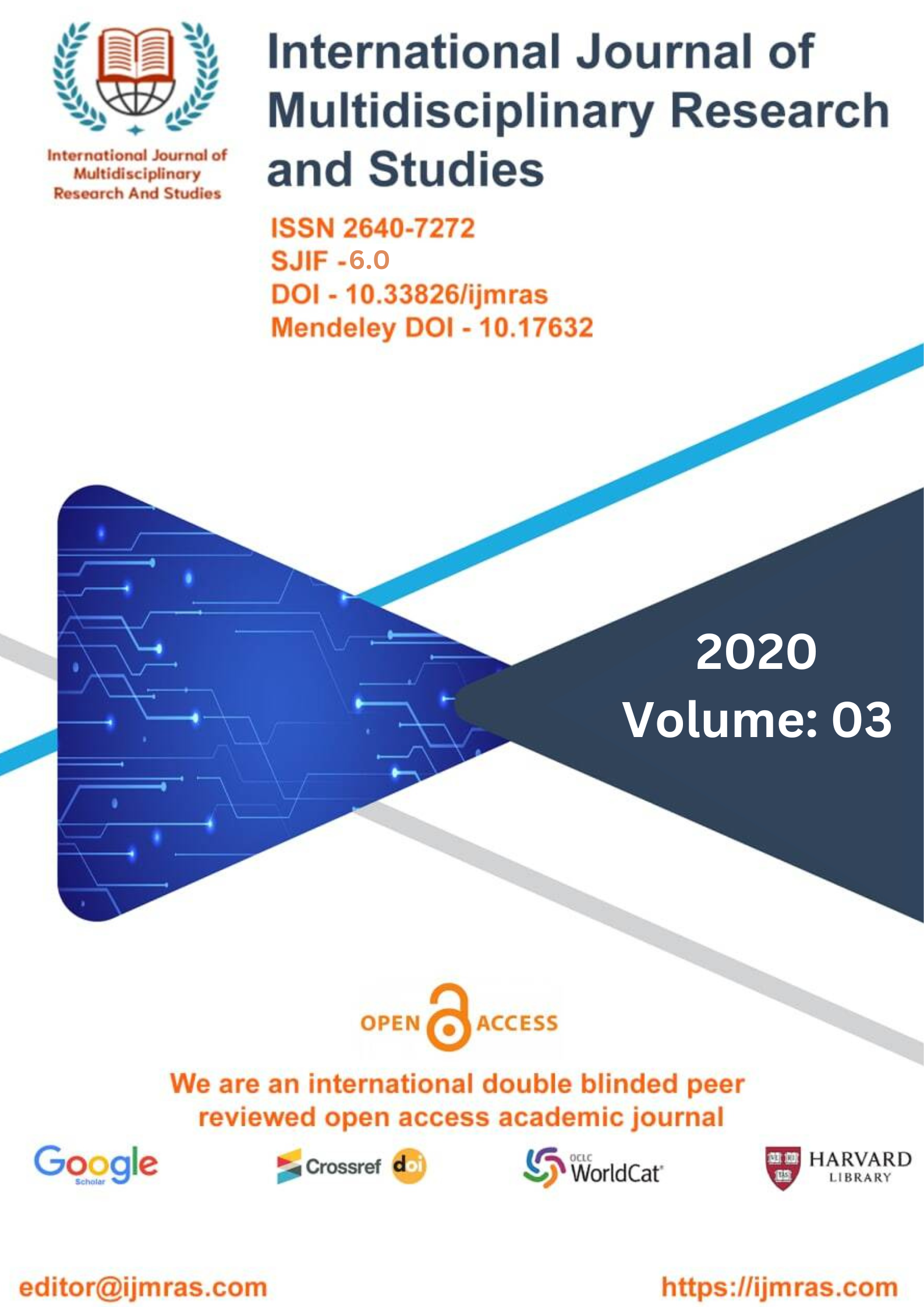COMPARATIVE STUDY OF THE WAGE RATE OF RURAL AND URBAN FEMALE WORKERS

Abstract
The proportion of the population that is actively looking for work in India is influenced by economic, social, cultural, and demographic processes. In the Indian National Sample Survey that was conducted in 1999/2000, measures of employment, unemployment, and unpaid labour were all taken. The official labour force participation rate for males was 85%, but the rate for women was just 35%. Since 1989, there has been a general trend towards a lower rate of female involvement in the labour force. In addition, problems with measurements cast doubt on the veracity of the reported rates of change for women's self-employment. The job that women conduct in the home and on farms can sometimes be argued to qualify as independent contractor work. On the other hand, a significant number of women identify themselves as housewives. According to the data, there is a U-shaped relationship between female employment and educational levels. There is presented here a comprehensive analysis of not only domestic work but also other forms of unpaid labour as well. Women who identify as belonging to the Muslim cultural group perform more work outside the home (and are more likely to identify as belonging to the category of 'inactive') than women who identify as belonging to other cultural groups. The presence of economic deprivation makes finding work more likely. We present a variety of explanations that assist explain both the work patterns and the housewifization trend. These reasons are interrelated. These include things like personal preferences as well as things like the local economy and population.
Keywords
Wage Rate, Rural, FemaleHow to Cite
References
Anitha Sharma (1990), “Modernization and status of working women in India.Asocio-economicstudyofwomenofDelhi,Mittalpublications,New Delhi
AshokKumar(1989),“Femalelabourparticipationinhouseholdandnonhousehold industry: India- a case”, in Socio economic development in India,(ed)LaxmiDevi,AnmolPublicationsPvt Ltd.,NewDelhi,Pp.221-241.
Desai, Meera and Krishna Raj Maithreya (1987), “Women and society in India”,SocialScience,AjanthaPublications, NewDelhi,pages 404.
DevakiJain(2012),”Valuingwork:Timeasmeasure”,in“Womenandwork”,(ed) P.Swaminathan,OrientBlackSwam PvtLtd,NewDelhi
.GopalSingh,ShyamPSharmaandPremBhardwaj(1994),“Structuraladjustmentandmarginalizationoffemale workersinIndia”inWomenandglobalization, (ed)
Pam Rajput and Hemalatha Swarup,S.B Nangia for AshishPublishinghouse,8/st,PunjabiBaghNewDelhi-26,PP.257-269.
GothoskarS.(1995),“Computerisationandwomen’semploymentinIndia’sbanking sector” in Encounter by women in Tech,( ed)
S. Mitter and S.Rowbothampublished in association with United Nations University press,London and NewYork.
HortonSusan(1996),”WomenandIndustrialisationinAsia”,TaylorandFrancisGroup, London,Routledge,pages3-123.
KompalSinha(2012),“EndogenousIntrahousehold decisionmakinganditsimpactonthelaboursupplyofcouplesinruralIndia”,Blackwellpublishers,26(2):137-157.
Kuznets,S(1944) National income and itscomposition(1919-1938) volume-1,NBER,pp.1-417
Muthuraja.C(2001),”GenderandemploymentinIndia:Anagendaforthe21stcentury in Women khadi gramodyog employment”, (ed) S. Murthy RBSAPublishers Jaipur, Sagepublications,Inc,36(8):49-5.
License
Copyright (c) 2020 PRABHAKAR KUMAR

This work is licensed under a Creative Commons Attribution 4.0 International License.
Individual articles are published Open Access under the Creative Commons Licence: CC-BY 4.0.




